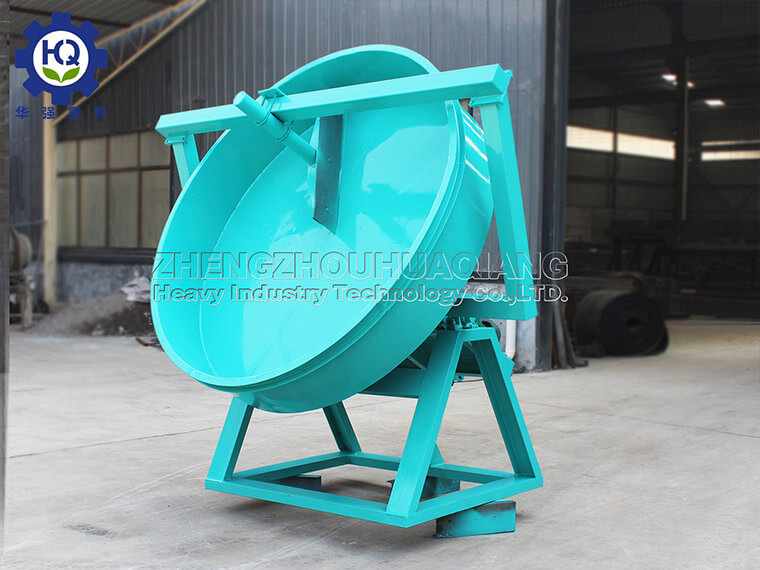Process flow of organic fertilizer production line for manure treatment in livestock and poultry farms
In livestock and poultry farms, manure treatment is a crucial step, and the production of organic fertilizer is one of the important methods for converting these manure into valuable resources. The process flow is mainly divided into four steps: collection, separation, composting, and fermentation.
The first stage is the collection phase, where livestock and poultry manure is effectively collected and preliminarily separated. It is possible to separate livestock and poultry manure from urine through a centralized collection and separation system to reduce the generation of ammonia and odor, and improve subsequent treatment efficiency..jpg)
Then comes the composting stage, where the separated animal manure is sealed and stored, and organic waste is properly organized and stacked, supplemented by ventilation equipment to control temperature, humidity, and oxygen supply, accelerating the decomposition process of organic matter. During this process, it is important to maintain appropriate humidity and ventilation to avoid the generation of odors and harmful gases.
Finally, in the fermentation stage, after the completion of composting, the compost is subjected to secondary composting fermentation to further enhance the stability and efficiency of the fertilizer. This process requires attention to reasonable moisture control and temperature regulation to ensure the full decomposition of organic matter and the killing of harmful microorganisms.
Organic fertilizer provides organic matter to the soil, thereby providing the necessary nutrients for plants and helping to establish a healthy soil system, rather than destroying it. Therefore, organic fertilizers contain huge business opportunities, and with the gradual restrictions and prohibitions on the use of fertilizers by most countries and relevant departments, the production of organic fertilizers will become a huge business opportunity.
Most organic raw materials can be fermented into organic compost. In fact, after crushing and screening, organic fertilizer compost becomes high-quality and saleable powdered organic fertilizer.
.jpg)

.jpg)

.jpg)
.jpg)


.jpg)